Commodity trading is where various commodities and their derivatives products are bought and sold. Commodity markets include various raw materials and primary agricultural products that are traded globally,
and the Commodity trading tips have the potential to make your life easier. However, let’s first discuss the types of commodities. We will get back to the best commodity trading tips later.
Types of commodities
Commodities are broadly classified into four categories: energy, metals, agriculture, and livestock. Energy commodities include crude oil, natural gas, and gasoline. Metals include gold, silver, copper, and platinum.
Agriculture commodities consist of grains (wheat, corn, soybeans), soft commodities (coffee, cocoa, sugar), and livestock products (cattle, hogs). Each category has its own unique characteristics and market dynamics.
Energy commodities: These include products such as crude oil, natural gas, gasoline, heating oil, and coal. Energy commodities are essential for transportation, electricity generation, and industrial processes.
Metals: Metals commodities consist of precious metals (gold, silver, platinum, palladium), base metals (copper, aluminium, nickel, zinc), and industrial metals (iron ore, steel, tin). Metals are used in construction, manufacturing, infrastructure development, and jewelry.
Agricultural commodities: Agricultural commodities encompass a wide range of products, including grains (wheat, corn, soybeans, rice), soft commodities (coffee, cocoa, sugar, cotton), livestock (cattle, hogs, poultry), and dairy products. Agricultural commodities are used in food production, animal feed, and the textile industry.
Livestock: Livestock commodities involve animals such as cattle, hogs, sheep, and poultry. These commodities are primarily used for meat production and dairy products.
Importance of commodities
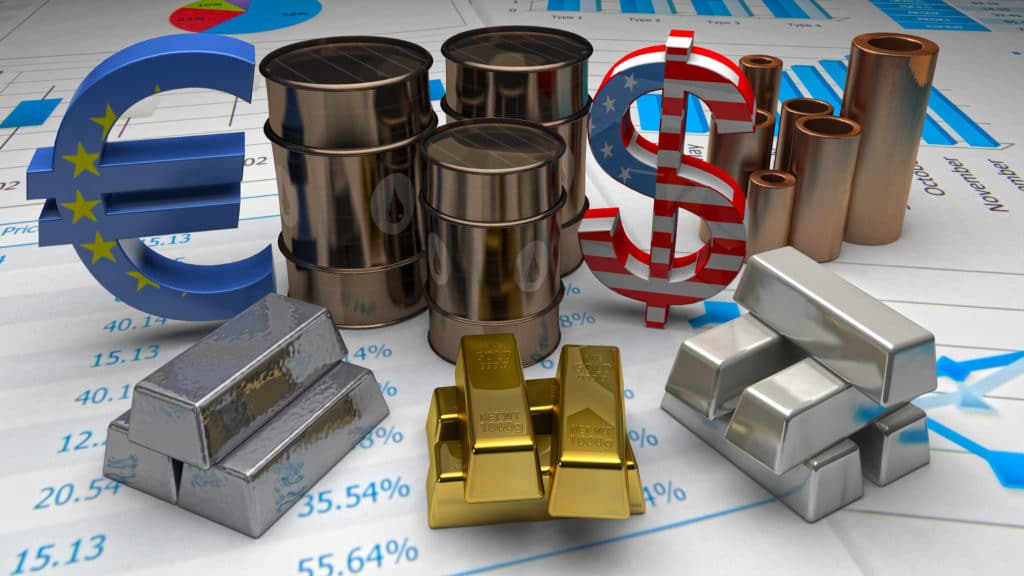
Commodities are often traded in financial markets through various instruments, such as futures contracts, options, and exchange-traded funds (ETFs). Trading in commodities allows participants to speculate on price movements, manage risks through hedging, and take advantage of global supply and demand dynamics.
The prices of commodities are influenced by factors such as global economic conditions, supply and demand fundamentals, geopolitical events, weather patterns, and government policies. Fluctuations in commodity prices can have significant impacts on industries, economies, and financial markets worldwide.
It’s important to note that commodities are subject to market risks, including price volatility, supply disruptions, and changes in global demand. Traders and investors involved in commodity markets need to analyze market conditions carefully, stay informed about relevant news and developments, and implement risk management strategies to navigate these risks.
What should a person know about commodity trading?
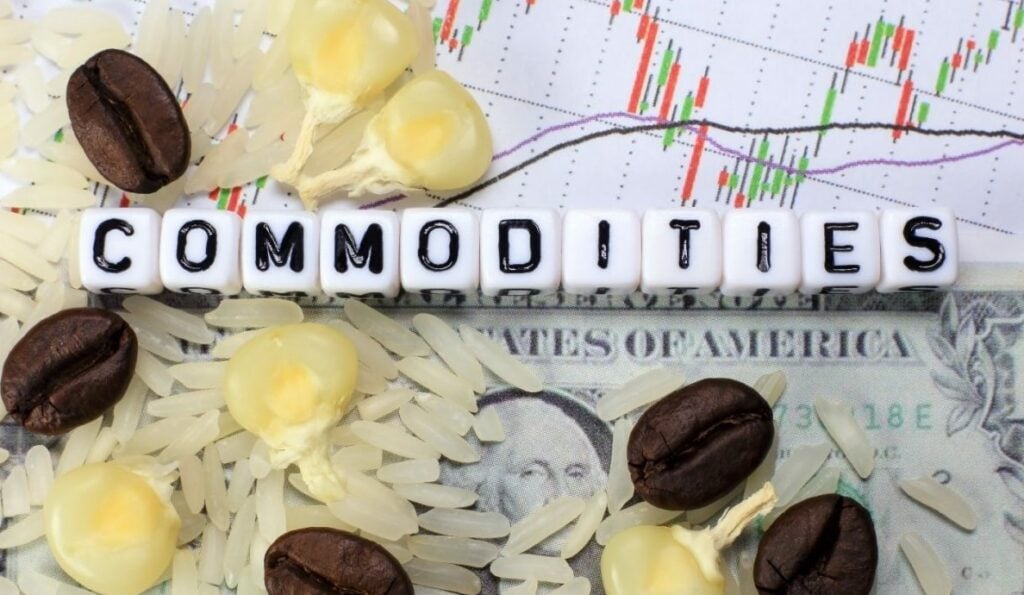
Let’s get started!
Physical vs. derivatives trading: Commodity trading can be done through physical markets or derivatives markets. Physical trading involves the actual buying and selling of physical commodities, such as oil or grains, where the goods are physically delivered. Derivatives trading, on the other hand, involves trading commodity contracts, such as futures or options, without the physical delivery of the underlying asset.
Derivatives trading is more common among individual investors and speculators.
Hedging and speculation: Commodity trading serves two primary purposes: hedging and speculation. Hedging involves using commodity contracts to mitigate price risks associated with the underlying commodity.
For example, a farmer may use futures contracts to hedge against potential price fluctuations in crops. Speculation, on the other hand, involves betting on the direction of commodity prices to make a profit. Speculators aim to profit from price movements without having a direct interest in the physical commodity.
Factors influencing commodity prices: Commodity prices are influenced by various factors, including supply and demand dynamics, geopolitical events, weather conditions, and economic indicators. Supply disruptions, changes in production levels, global demand trends, political instability, and natural disasters can all impact commodity prices. Additionally, economic indicators like GDP growth, inflation rates, and interest rates can influence commodity prices indirectly.
Commodity markets and policies
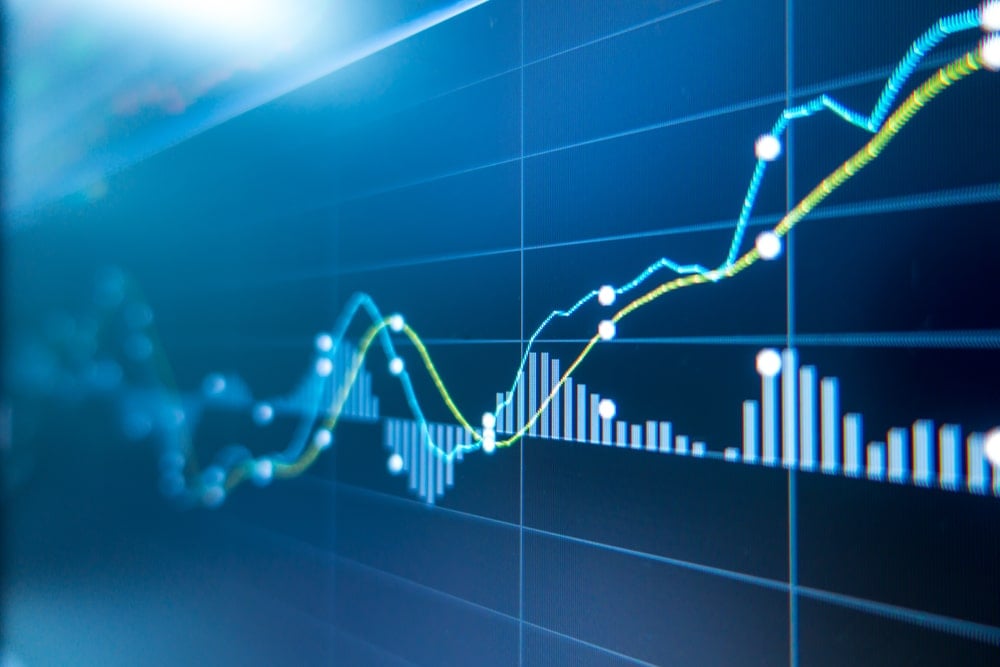
Commodity markets are globally interconnected. Factors affecting commodity prices in one region can have a ripple effect on prices worldwide. Changes in government policies, trade agreements, or weather patterns in one country can impact supply and demand dynamics across the globe. Traders need to stay informed about global developments that can affect commodity prices.
Leverage and margin: Commodity trading often involves leverage, allowing traders to control larger positions with a smaller amount of capital. Traders are required to deposit a margin, which is a percentage of the total position value, as collateral. Leverage amplifies potential profits but also increases the risk of losses. It’s crucial to understand the margin requirements and the impact of leverage on your trading account.
Volatility and risks: Commodity markets are known for their volatility. Price fluctuations can be significant and occur rapidly due to various factors. While volatility presents trading opportunities, it also carries risks. Traders need to be prepared for potential losses and employ risk management techniques like setting stop-loss orders and diversifying their portfolios.
Market liquidity: Liquidity refers to the ease of buying and selling commodities without significantly affecting their prices. Commodities with high liquidity have a large number of buyers and sellers, allowing traders to enter and exit positions at desired prices. Liquidity can vary across different commodities and market conditions, and it’s important to consider liquidity when choosing which commodities to trade.
Research and analysis: Successful commodity trading requires research and analysis. Traders need to study historical price data, analyze charts, and use technical indicators to identify trends and potential entry and exit points. Fundamental analysis is also crucial, involving analyzing supply and demand factors, economic indicators, and global events that can impact commodity prices.
Commodities and risk factors
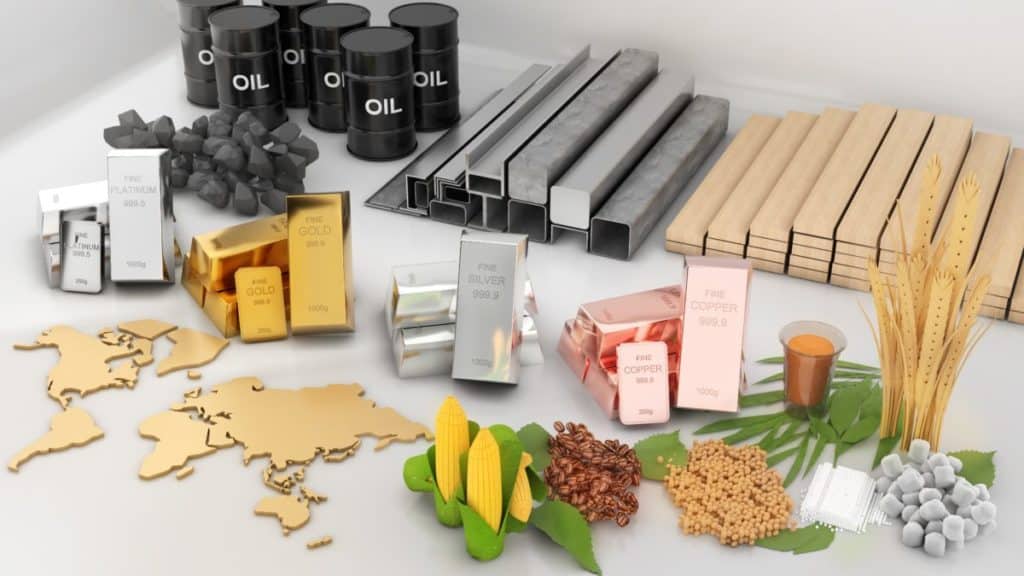
Traders should set risk limits, determine their risk tolerance, and implement risk management techniques like setting stop-loss orders to protect against excessive losses. Diversification across different commodities and markets can help mitigate risks.
Let’s continue!
Commodity trading can be done through various channels, including futures exchanges, online trading platforms, and commodity brokerage firms. Traders need to choose a reliable and regulated platform or broker that offers access to the commodities they want to trade.
Commodity trading offers opportunities for diversification and potential profits, but it also carries risks. It’s essential to thoroughly understand the market, develop a trading plan, and practice risk management. Consider seeking professional advice and utilizing demo accounts to gain experience before trading with real money.
How to become a successful trader?
Let’s get back to commodity trading tips.
Achieving success in commodity trading requires a combination of knowledge, skills, discipline, and experience. Here is a path to success in commodity trading:
Education and knowledge: Start by educating yourself about the commodity markets, including the different types of commodities, etc.
Learn about trading strategies, technical analysis tools, and fundamental analysis techniques specific to commodities. Attend seminars, read books, and follow reputable sources of information to expand your knowledge.
Understand market fundamentals: Gain a deep understanding of the fundamental factors that influence commodity prices. Stay updated on global economic conditions, geopolitical events, weather patterns, and government policies that can impact commodity markets. Study supply and demand dynamics, production forecasts, and inventory data to anticipate market trends and potential price movements.
Develop a trading plan: Create a well-defined trading plan that outlines your goals, risk tolerance, preferred trading style, and the strategies you will use. Define your entry and exit criteria, risk management rules, and position sizing strategies. Test your trading plan in simulated trading environments or with small positions initially to assess its effectiveness.
Risk management: Implement effective risk management techniques to protect your trading capital. Set a maximum risk limit per trade or per day and never risk more than you can afford to lose.
Use stop-loss orders to automatically exit a trade if it goes against you. Diversify your portfolio by trading multiple commodities to spread risk. Continuously assess and adjust your risk management strategies as needed.
Technical and fundamental analysis: Combine technical analysis and fundamental analysis to make informed trading decisions. Utilize technical indicators, such as moving averages, trendlines and potential entry and exit points.
Apply fundamental analysis to understand the underlying supply and demand factors and assess the intrinsic value of commodities.
Trading tips (part two)
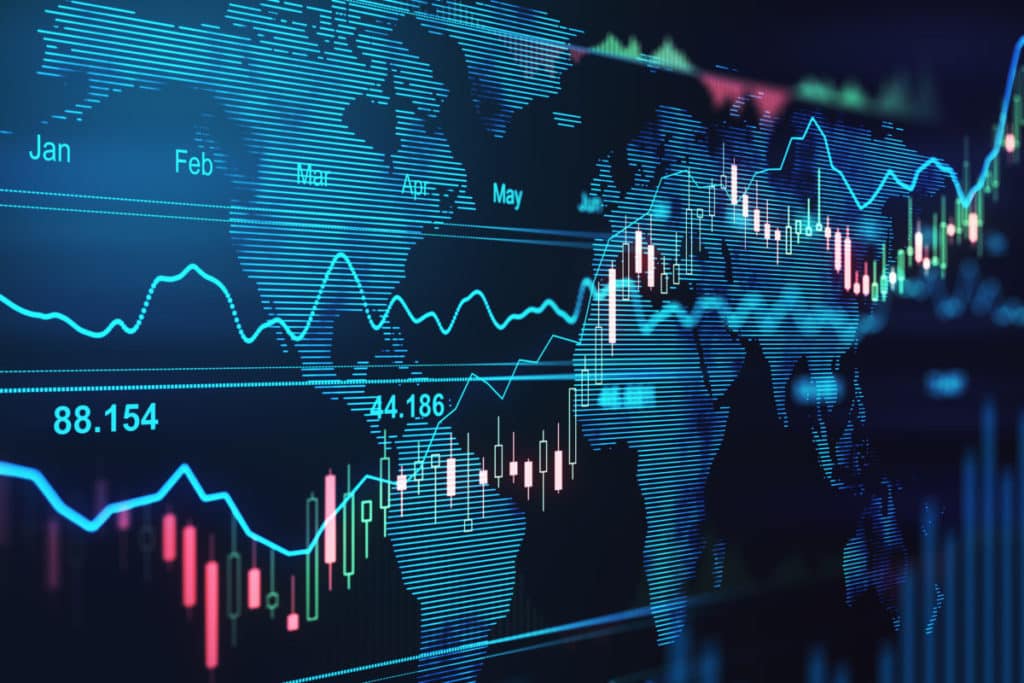
The list of best commodity trading tips is quite long. So, let’s continue!
Backtesting and paper trading: Test your trading strategies and refine them through backtesting and paper trading. Backtesting involves analyzing historical data to assess the performance of your strategies. Paper trading allows you to simulate trades without risking real money. These exercises help you identify strengths and weaknesses in your strategies and build confidence in their effectiveness.
Discipline and emotional control: Develop discipline and emotional control in your trading. Stick to your trading plan and avoid impulsive decisions driven by fear or greed.
Risk capital and position sizing: Allocate risk capital you can afford to lose without impacting your financial well-being. Determine appropriate position sizes based on your risk tolerance and the size of your trading account.
Avoid overexposure to a single commodity or excessive leverage. Manage position sizes to ensure that individual trades don’t have a significant impact on your overall portfolio.
Experience and adaptation: Gain experience through real trading. Keep a trading journal to document your trades, record your thoughts and emotions, and review your performance. Learn from both successful trades and losses.
Continuous evaluation and improvement: Regularly evaluate your trading performance and identify areas for improvement. Assess your trading plan, risk management techniques, and trading psychology.
Continually seek to improve your skills and knowledge by learning from your mistakes and adapting to changing market dynamics.
Success in commodity trading takes time, dedication, and perseverance. It is crucial to stay focused, continually learn, adapt to market conditions, and maintain a disciplined approach to trading. Remember that trading involves risks, and past performance isn’t indicative of future results.
- SEO Powered Content & PR Distribution. Get Amplified Today.
- PlatoData.Network Vertical Generative Ai. Empower Yourself. Access Here.
- PlatoAiStream. Web3 Intelligence. Knowledge Amplified. Access Here.
- PlatoESG. Automotive / EVs, Carbon, CleanTech, Energy, Environment, Solar, Waste Management. Access Here.
- BlockOffsets. Modernizing Environmental Offset Ownership. Access Here.
- Source: https://www.financebrokerage.com/commodity-trading-tips/



